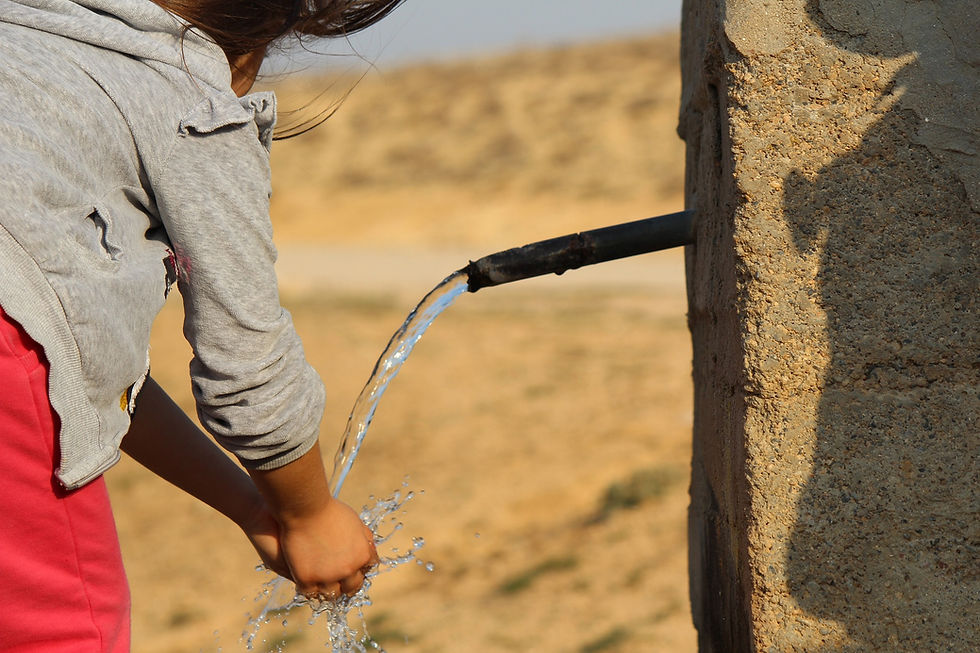Unlocking Free Trade Areas: the Grand Scheme of AfCFTA
- Nardos Berehe (Ethiopia), Project Advisor

- Mar 23, 2023
- 2 min read
Updated: Jun 27, 2023

According to the World Trade Organization, Regional trade agreements (RTAs) have risen in number and reach over the years, including a notable increase in large plurilateral agreements. Globally, there were 355 RTAs in force as of December 2022. Many WTO members continue to be involved in negotiations to create new RTAs. The AfCFTA is particularly interesting to look at. The African Continental Free Trade Area is an ambitious trade pact envisioned to create the world’s largest free trade with a single market for goods and services for almost 1.3 billion people across Africa and boost the economic integration of Africa.
With the implementation of AfCFTA, $292 billion of the $450 billion in potential income gains would be driven by trade facilitation measures that cut red tape and simpler customs procedures. Phase I issues have made significant progress, and by June 2022, the remaining work on the protocols on trade in goods and trade in services' important annexes should be finished and negotiation of Phase II protocols is expected to be completed by September 2022. A concerted effort is also being made to hasten the domestication of the agreed objectives, such as agreements to reduce tariffs, rules of origin, and different customs-related regulations and procedures, into national legislation.
In a macroeconomic lens of the agreement impact of AfCFTA, real income gains from full implementation of AfCFTA could increase by 7 percent by 2035, or nearly US$450 billion (in 2014 prices and market exchange rates). At the very high end are Côte d’Ivoire and Zimbabwe with income gains of 14 percent each. The combined effect of tariff liberalization and reduction in NTBs, would increase the real income gain to amount to 2.4 percent in 2035 at the continental level. Thus far the AfCFTA has shown a large amount of optimism but far from a realistic sense of achievement. With the agreement in place and the African Union Heads of State and Government Summit placing AfCFTA as part of the top agendas, it is building momentum however quite some work lies ahead for the smooth implementation of the agreement.
Challenges that range from geography to politics stand in the way of this implementation as complex tariff and non-tariff restrictions slow trade. A UNCTAD report has shown how an uneven distribution of benefits and costs among member States may prolong the negotiations and hinder their implementation. Sufficient flanking measures and flexibilities are therefore needed to enable the redistribution of benefits and a fair sharing of costs by member States. In order to deal with these potential challenges, the AU member States are considering different tariff reduction modalities and other mitigating mechanisms.

